| Abstract | Smart sensors in buildings require independent power supplies to measure the built environment data. To supply electricity to these smart sensors, an enhanced concept of a thermoelectric generator-assisted energy harvesting block was established in this study. An energy block comprising thermoelectric generators and phase change materials can convert the heat flux through building exteriors into electricity during the day and at night. The objective of this study was to derive appropriate phase change material design conditions to maximize the power generation performance of the energy harvesting block. Three energy harvesting blocks?case 1, case 2, and case 3?were constructed with phase change materials having melting temperatures of 26 °C, 38 °C, and 47 °C, respectively. Experiments were conducted to emulate solar radiation with the average so-air temperature profiles of 12 months, while the temperatures and open-circuit voltages were measured. Of the three cases, case 1 exhibited the largest generated energy under 12 sol-air temperature profiles. In addition, case 1 showed a 46.5% and 66.5% larger approximated annual generated energy than case 2 and case 3, respectively. The phase change material with a melting temperature of 26 °C in the energy harvesting block was appropriate for maximizing power generation under the temperature conditions of Seoul, South Korea. |
|---|
